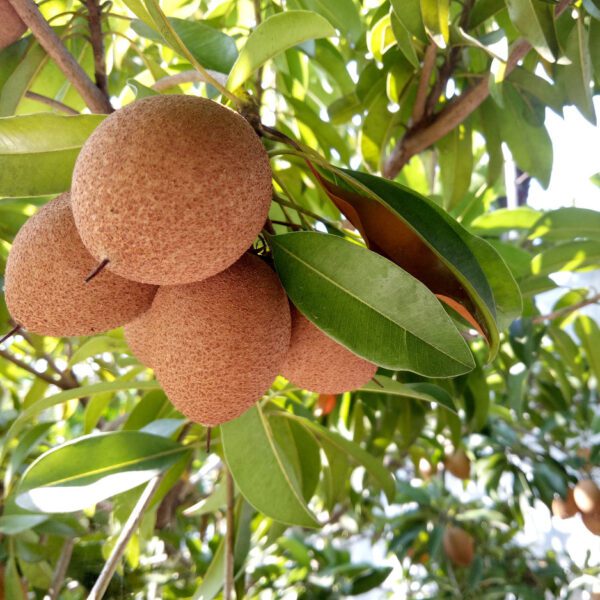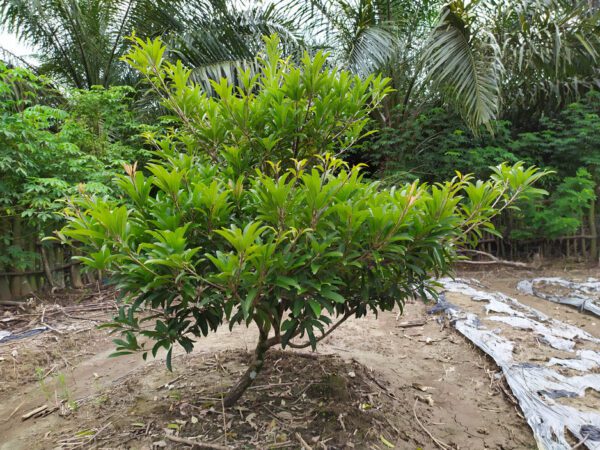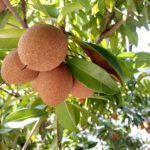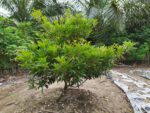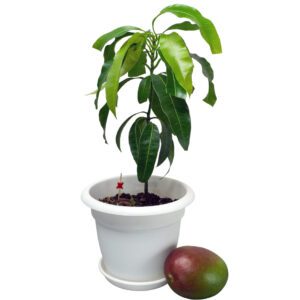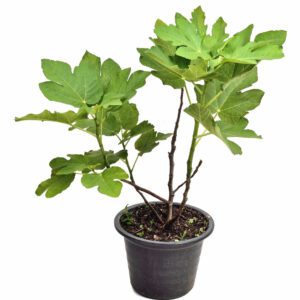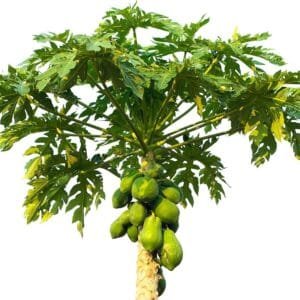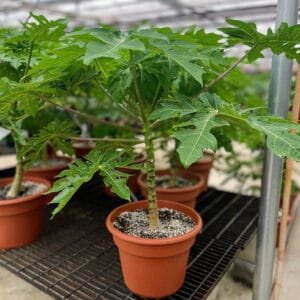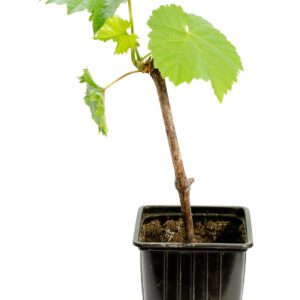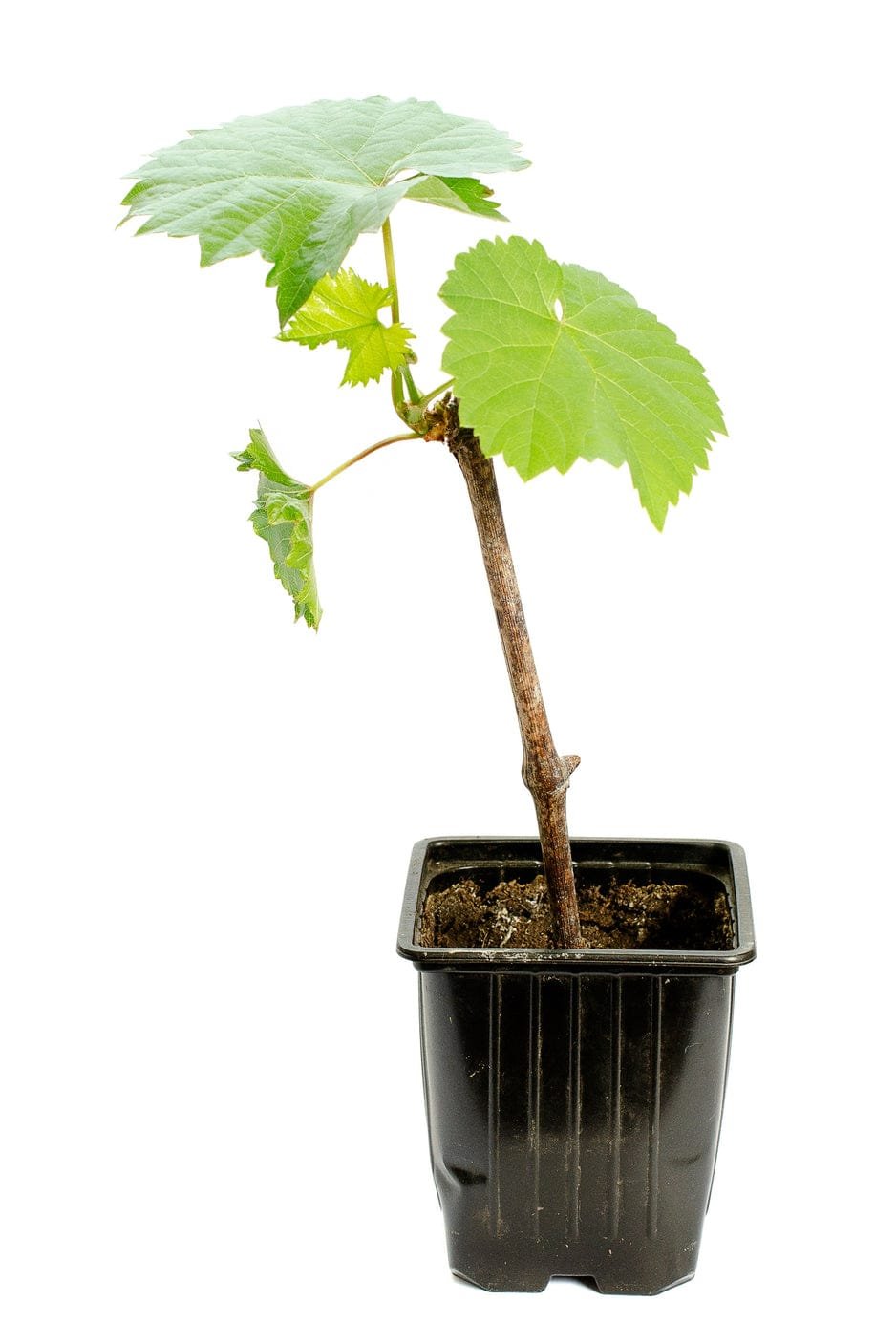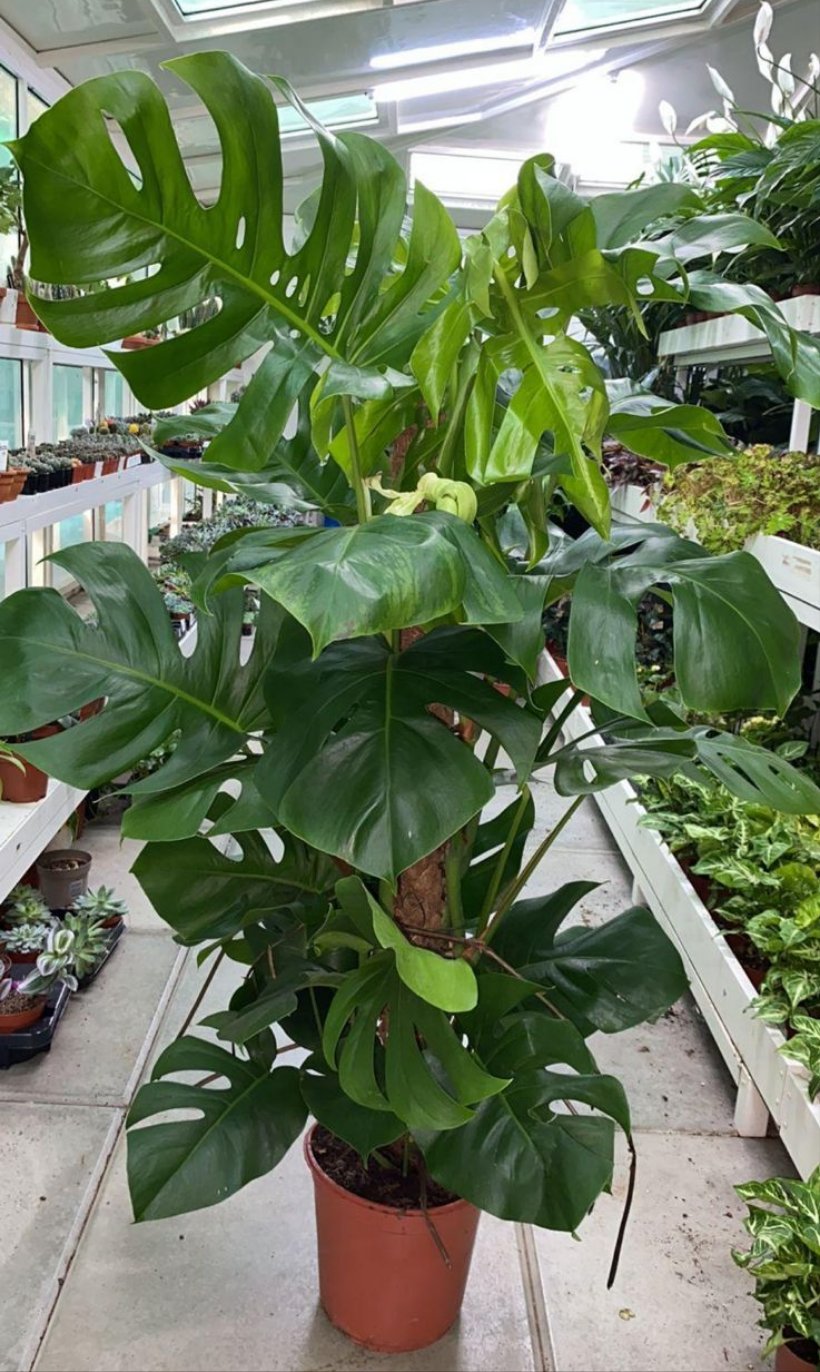Manilkara Zapota (Sapodilla/Sapota/Chikoo/Naseberry)
Manilkara zapota, commonly known as Sapodilla, Sapota, Chikoo, or Naseberry, is a tropical evergreen tree that produces delicious, sweet fruits. ?
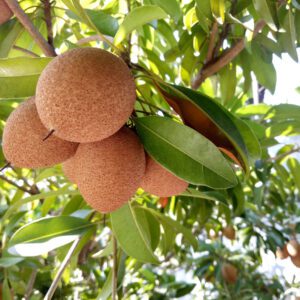
Manilkara Zapota (Sapodilla/Sapota/Chikoo/Naseberry)
Description
Description:
- Tree: Grows into a medium-sized tree with a dense, rounded crown.
- Leaves: Leaves are elliptical to oval-shaped, glossy green, and leathery in texture.
- Flowers: Flowers are small, white, and bell-shaped, blooming in clusters.
- Fruit: Fruits are round to oval-shaped, with a brown, rough skin. The flesh is sweet, soft, and has a grainy texture.
Plant Care:
Climate:
- Sapodilla trees thrive in warm, tropical climates with plenty of sunlight. They are tolerant of drought and can withstand occasional frost.
Soil:
- Well-draining, fertile soil is ideal for sapodilla trees. They prefer slightly acidic soil with a pH range of 5.5 to 6.5.
Sunlight:
- Sapodilla trees require full sun for optimal growth and fruit production. They need at least 6-8 hours of direct sunlight per day.
Watering:
- Sapodilla trees are drought-tolerant but benefit from regular watering, especially during dry periods. Avoid overwatering, as it can lead to root rot.
Fertilizing:
- Fertilize sapodilla trees annually with a balanced fertilizer during the growing season. Follow the package instructions for the appropriate amount.
Pruning:
- Pruning is not essential for sapodilla trees but can be done to shape the tree or remove dead or diseased branches.
Propagation:
- Sapodilla trees can be propagated from seeds, air layering, or grafting. Seeds take longer to germinate and produce fruit, while air layering and grafting produce trees that start bearing fruit sooner.
Additional Tips:
- Sapodilla trees are slow-growing and can take several years to start producing fruit.
- Protect young trees from frost and strong winds.
- Harvest sapodilla fruits when they are ripe and slightly soft to the touch.
Additional Information
| Size | 100cm – 120cm, 150cm – 200cm, 200cm – 250cm |
|---|
Disclaimer
The image displayed is for reference only. The actual product may differ in shape, appearance, climate, age, height, and other factors. Plants will be delivered in plastic pots unless the customer explicitly selects a different pot option.
All information provided is shared in good faith. However, we make no representations or warranties of any kind, express or implied, regarding the accuracy, adequacy, validity, reliability, availability, or completeness of the information on this site.

